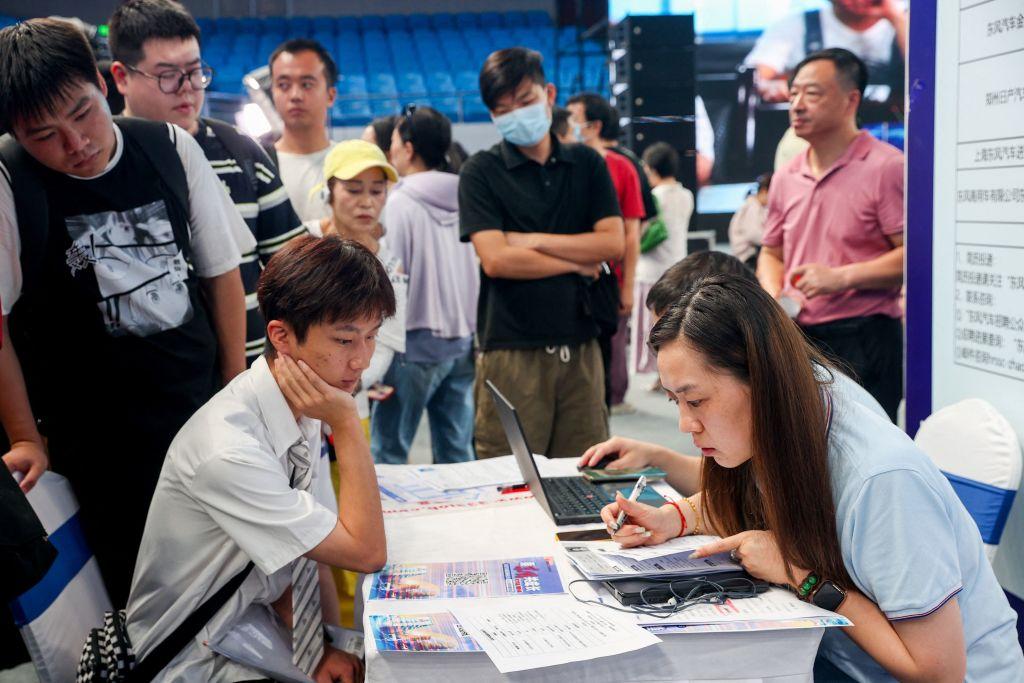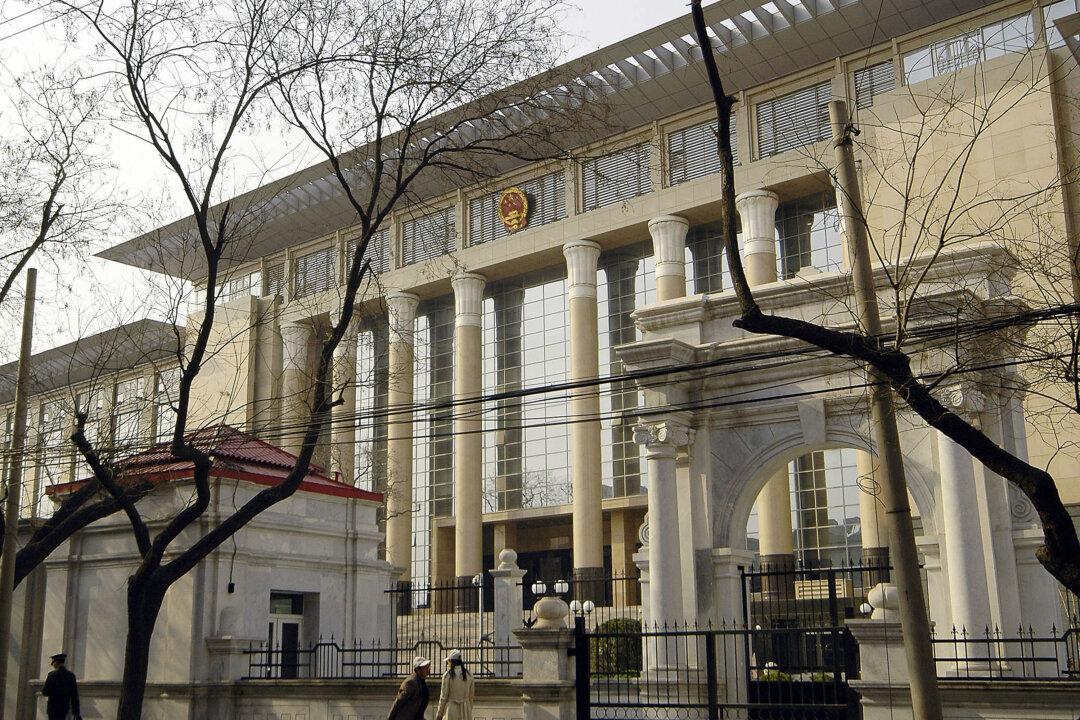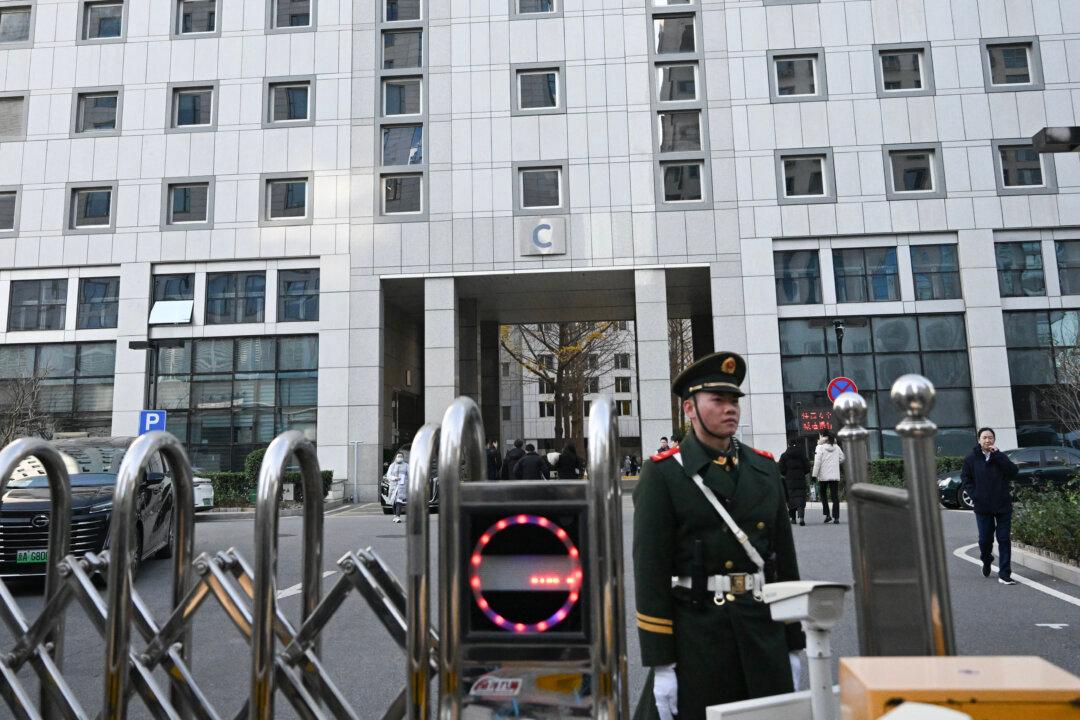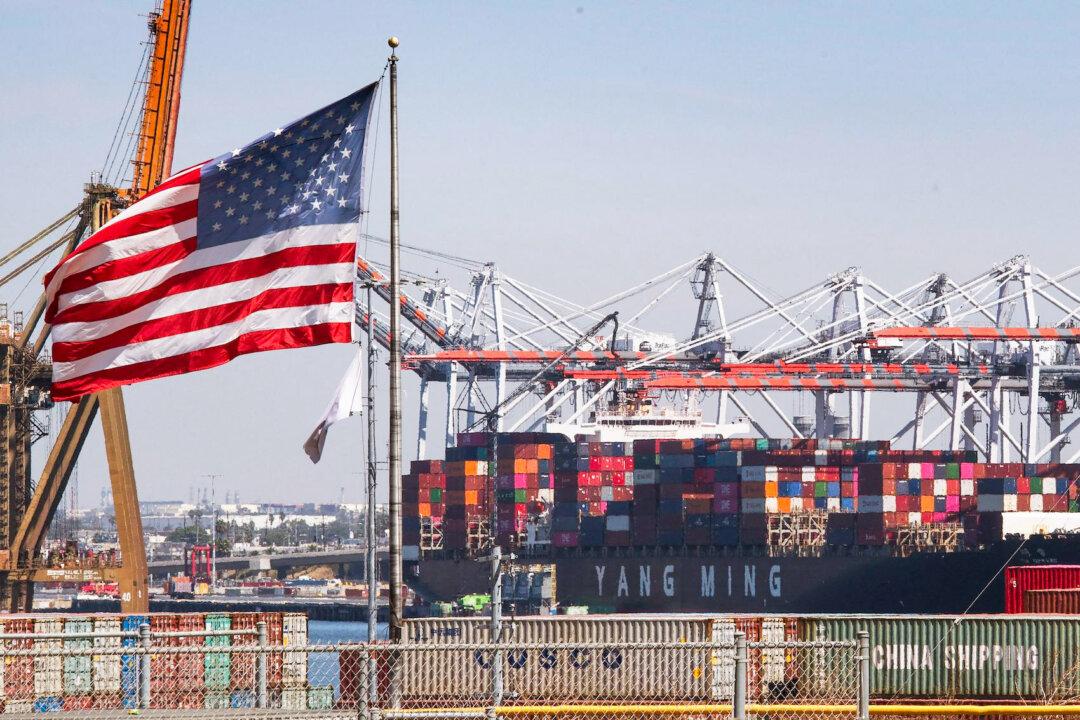Commentary
China’s Central Economic Work Conference was concluded in Beijing on Dec. 13. This is a yearly central planning action that the communist economists (an oxymoron) and government policymakers use to map out economic development priorities and set the tone for macroeconomic policy in the upcoming year.





